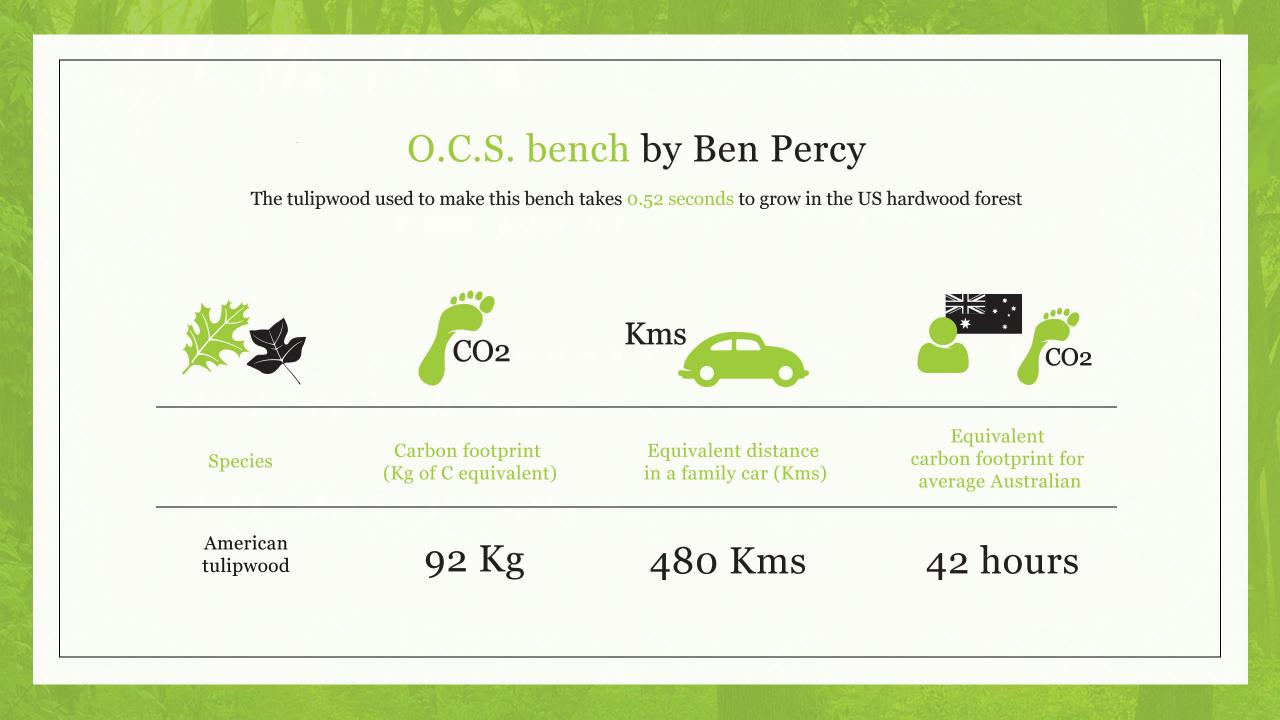Environmental profile
To fully comprehend the underlying sustainability of using American hardwoods requires an appreciation of the sheer scale of the American forest resource and the speed with which it replaces itself.
The area of hardwood and mixed hardwood / softwood forest in the US is approximately 120 million hectares, which is about 16% of the total land area of Australia.
Predominantly in the hands of small, private landowners, hardwood trees are selectively harvested and replaced with new growth through natural regeneration.
The latest United States Department of Agriculture data shows that, whilst hardwood forest growth is 271million cubic metres per year, removals total just 141 million cubic metres – that’s an increase of 130 million cubic metres in standing hardwood volume each year.
Find out more about environmental profile >
What is LCA?
Environmental life cycle assessment (LCA) is a means of measuring all impacts of production and use of materials from growth, treatment, transport, manufacturing, treatment, use and ultimately disposal.
It considers a number of impacts on the environment including carbon footprint, acidification and eutrophication potential, photochemical ozone creation and energy demand.
Find out more about environmental impact >
Seed to Seat LCA Findings
The process of environmental life cycle assessment (LCA) for this project provided some illuminating results.
On arrival at the factory door, the wood from which the designs were crafted was still better than carbon neutral. The data reveals that product miles incurred in transporting the lumber from the USA to Australia and New Zealand had a negligible impact relative to the manufacturing stage in both countries.
For the 5 designs produced by Evostyle in Australia, manufacturing emissions were higher than for David Trubridge’s ‘Aleni’ manufactured in New Zealand. As prototypes, many of the designs required considerable time on CNC machines, which have a high power rating. However the heavy dependence on fossil fuels for power in Australia was the significant factor in raising manufacturing emissions. The lower carbon footprint of David’s piece reflects New Zealand’s greater use of renewable energy sources.
The Seed to Seat pieces have been designed and manufactured to last. Good design endures and this mitigates the environmental impact of the seats, all of which, themselves, are efficient carbon stores.
The carbon footprint of all the Seed to Seat designs is just 0.54 tonnes of C equivalent. That is about the same as the emissions produced by the average Australian in just 9 days.

